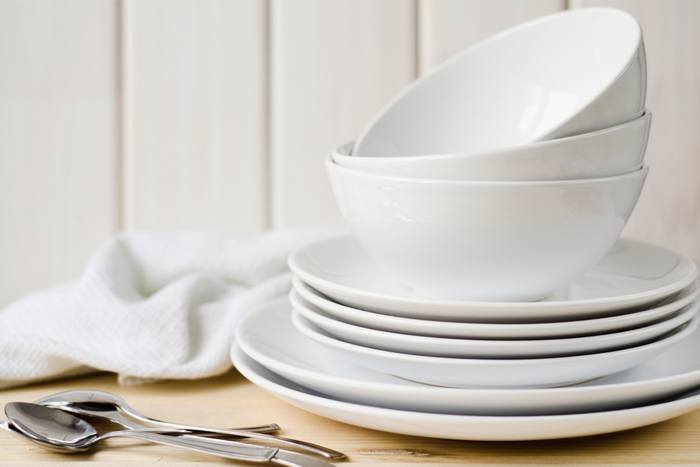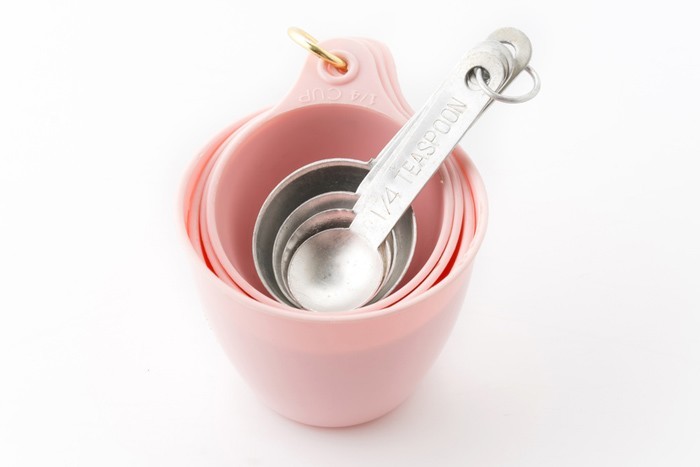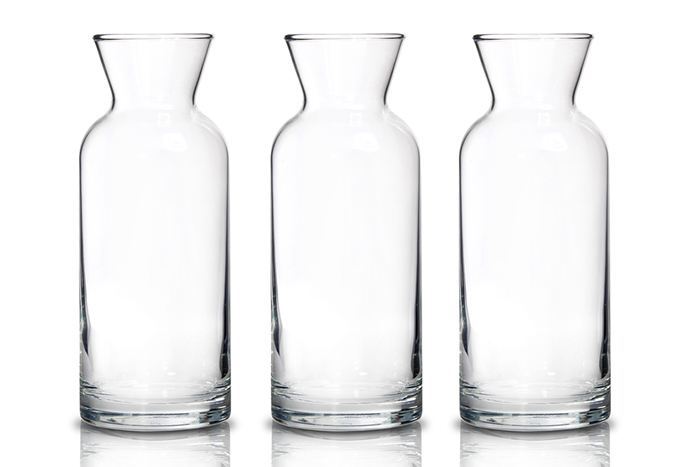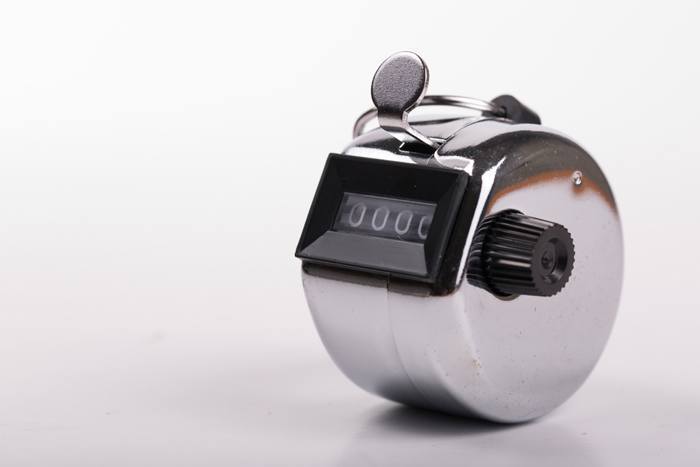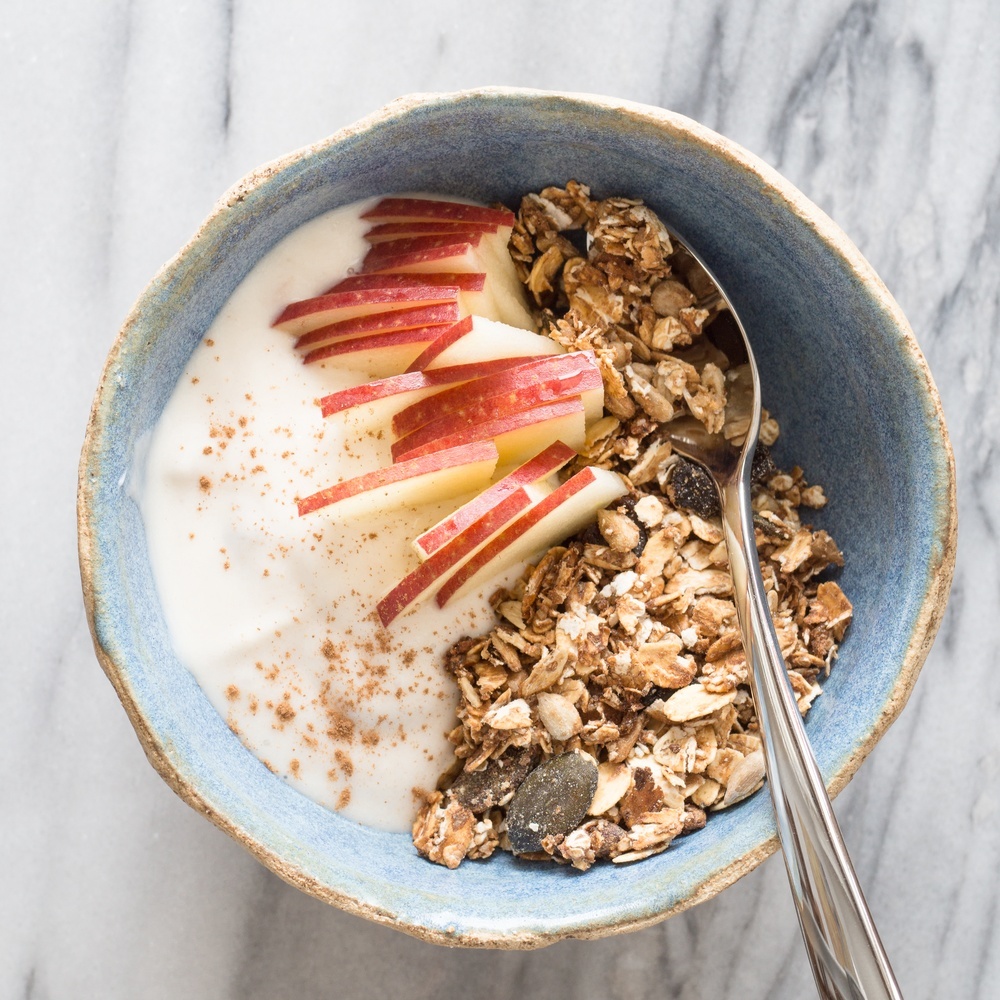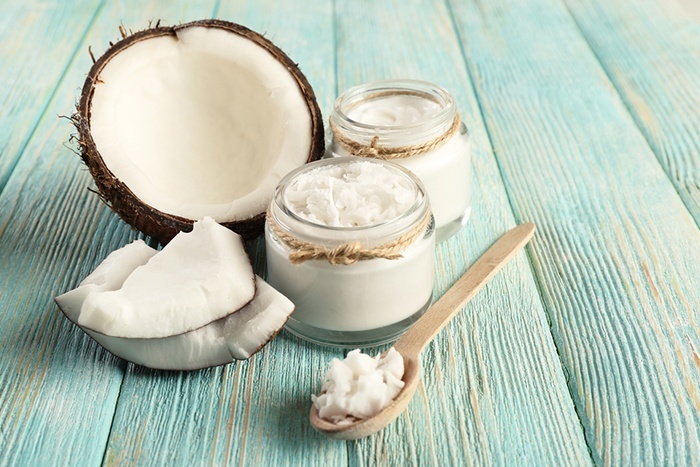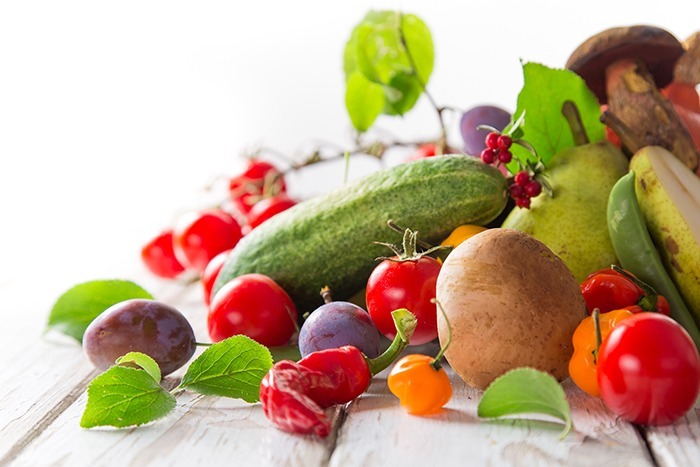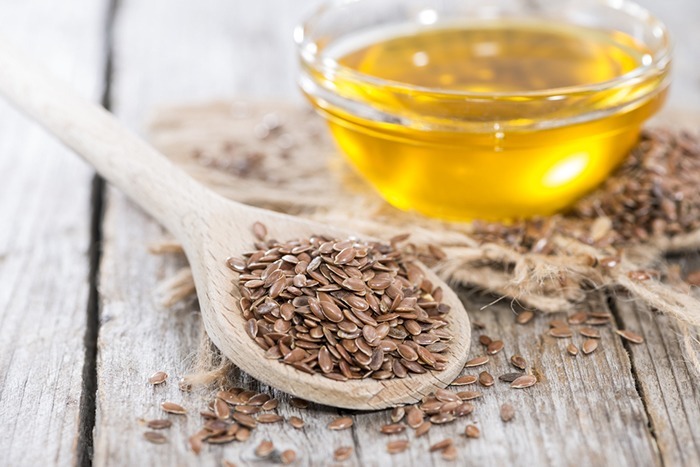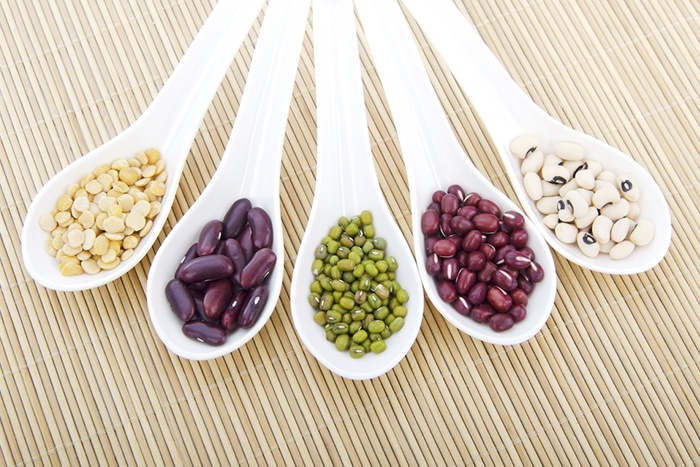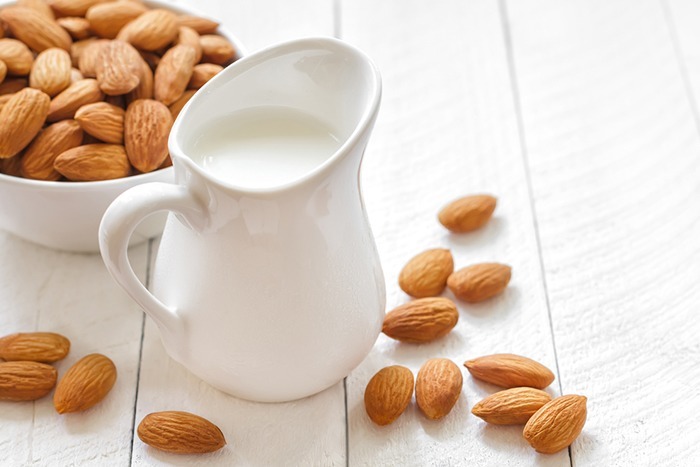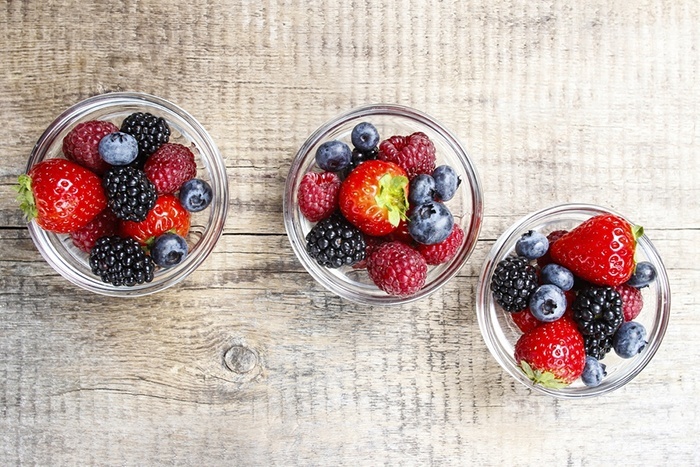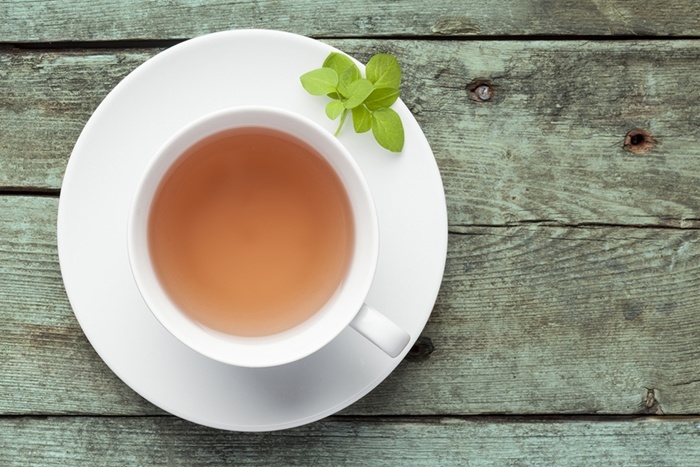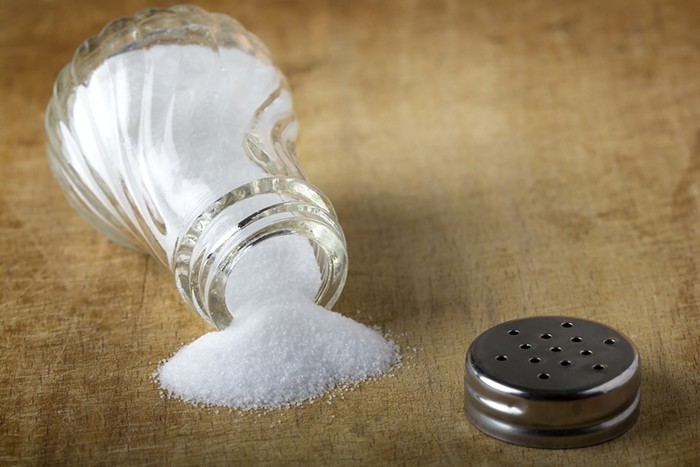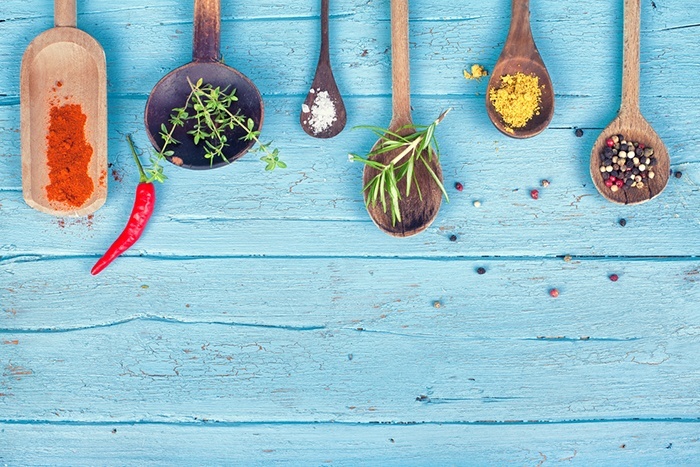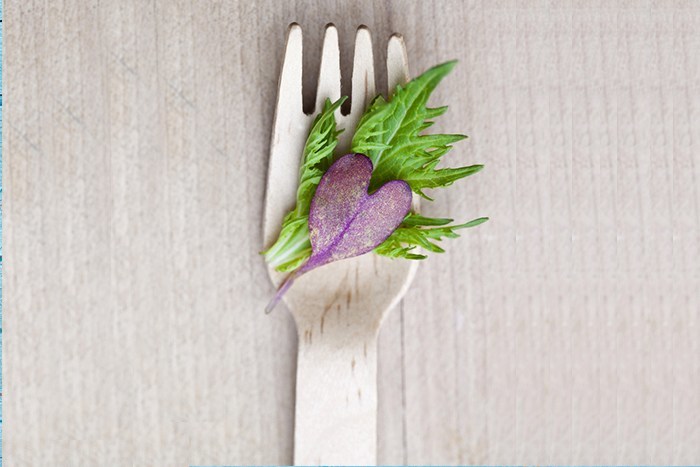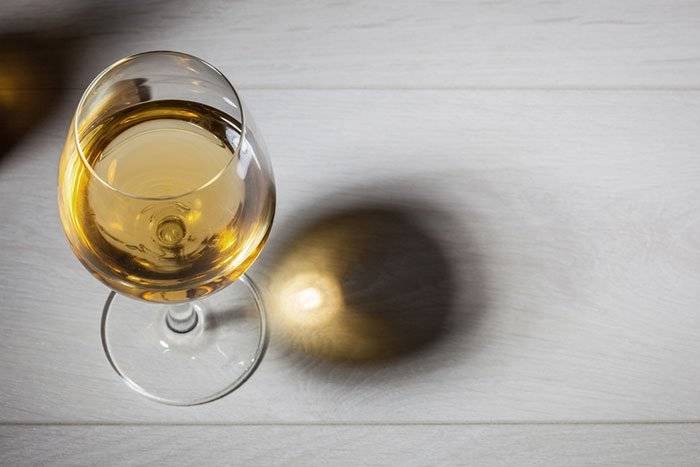
No single food item affects humans in so many varying and differing ways than alcohol. How it affects you specifically depends on genetics, diet, gender, potential ‘sensitivity’ to it, and your habits.
While enrolled in the Mountain Trek program, we ensure our guests avoid alcohol to help with detoxification and weight loss. That’s not to say we recommend completely avoiding alcohol altogether! But it’s important to get to know its impact on your body in order to make good decisions about when you do decide to have a drink.
To that end, below are five ways alcohol hinders weight loss.
1. All Alcohol Is Full of Calories
At seven calories per gram, alcohol supplies almost twice as many as protein and carbohydrates. In fact, alcohol has only two fewer calories than fat, which has nine per gram. It must also be remembered that the calories in alcohol lack the nutrients beneficial for a healthy metabolism and will therefore hasten fat storage.
The calories found in the average alcoholic drink are quite concentrated compared to many foods, and this actually causes one to inadvertently take in many more calories than would otherwise be consumed. Alcoholic drinks also contain calories from other sources, which add to overall caloric intake. Certain cocktails, for example, contain fats. Wine and beer both have high carbohydrate content. Although the effects that these calories have on the body are different: carbohydrates release insulin, which can hasten fat storage (unless we are active after imbibing), while fats will be stored directly in the fat cells. Thus, the overall result is added body-fat.
An example of how many calories can be easily consumed can be seen with a small glass of wine. A 5-ounce glass of wine will typically contain 110 calories, 91 of which come from the alcohol itself (13 grams), with the remaining five grams coming from carbohydrates. Beer contains more carbohydrates (except for “light” beers, which have a carb content similar to a glass of wine) and less alcohol than wine, but is seen as being more fattening, due to its higher calorie content.
2. Alcohol Loosens The Inhibitions
While drinking, people will not usually stop to consider the impact alcohol is having on their bodies; such is alcohol’s affect on loosening the inhibitions. The result of this relaxed thinking could mean more food consumed and extra body fat gains. Those that drink often might also eat more of the wrong kinds of food, without thinking of the consequences.
3. Alcohol Increases Appetite
Alcohol can increase appetite, making the combination of alcohol and a fattening meal worse. In fact, a hormone linked to increased hunger, particularly hunger for high-fat foods, has been linked to cravings for alcohol. According to Medical News Today, a study conducted at Princeton University showed that the hunger-increasing hormone, known as galanin, is produced when alcohol is consumed. Though the effect of increased galanin on appetite and eating behaviors varies amongst individuals, there’s a good chance your consumption of alcohol increases your desire for high-fat foods.
4. Alcohol Can Damage The Stomach, Lessening Its Efficiency
Given alcohol is a by-product of yeast digestion; it can have an irritating effect on the lining of the stomach and gradually weaken the kidneys and liver, leading to serious health problems. Any weakening of the stomach will lessen the rate and efficiency at which food is digested, which ultimately interferes with a healthy metabolism and the weight loss process.
5. Alcohol Lowers Testosterone
Testosterone, which has a powerful fat loss effect, is reduced whenever alcohol is consumed; thus halting its full potential as a fat burner. Also, testosterone as an anabolic hormone contributes to gains in lean muscle mass. Lowered testosterone means fewer muscle gains, and less muscle means a lowered metabolic rate.
What is Mountain Trek?
Mountain Trek is the health reset you’ve been looking for. Our award-winning health retreat, immersed in the lush nature of British Columbia, will help you detox, unplug, recharge, and roll back years of stress and unhealthy habits. To learn more about the retreat, and how we can help you reset your health, please email us at info@mountaintrek.com or reach out below:
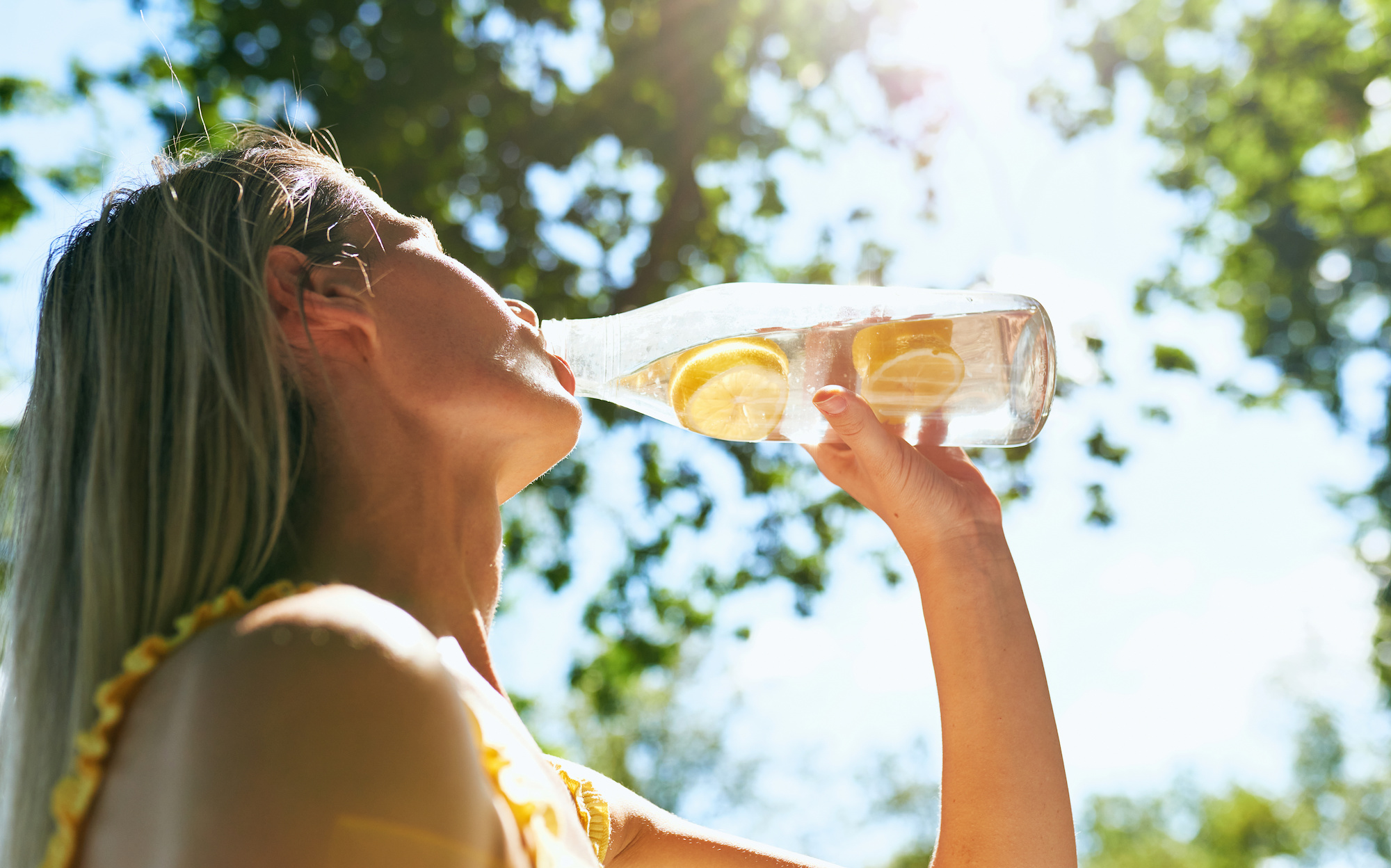

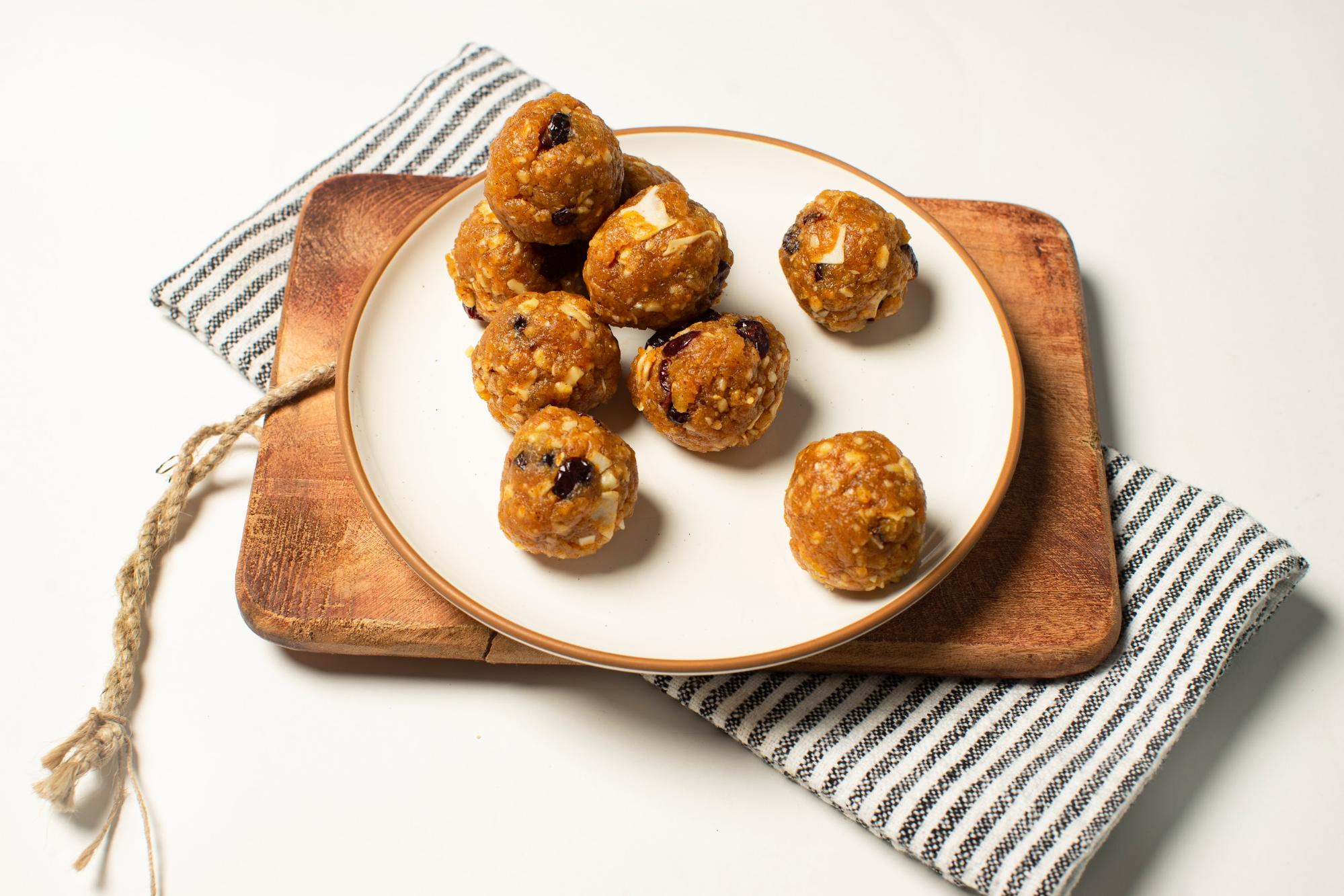
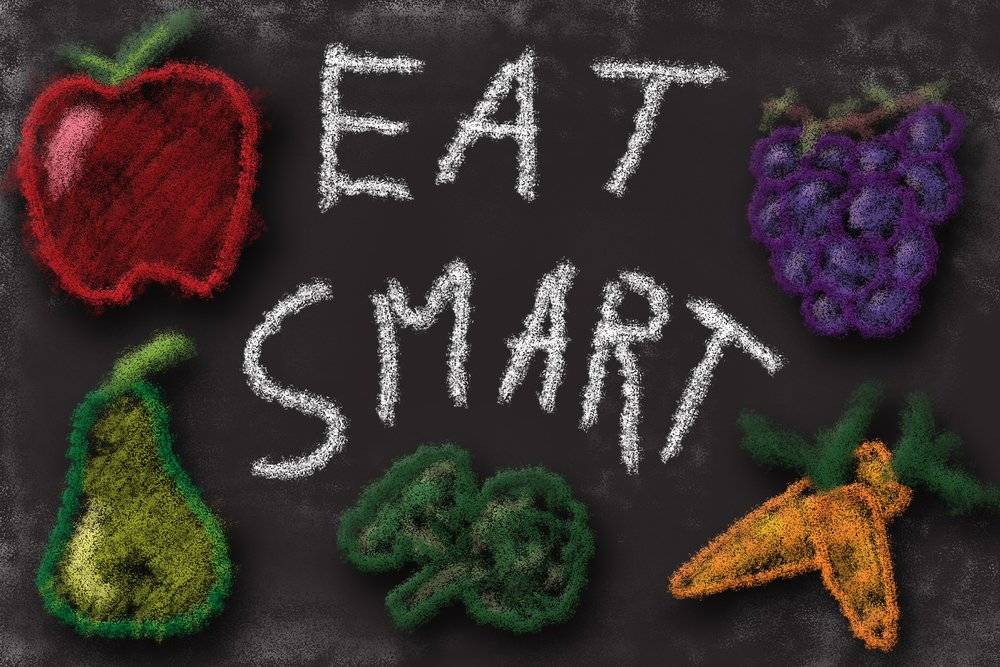

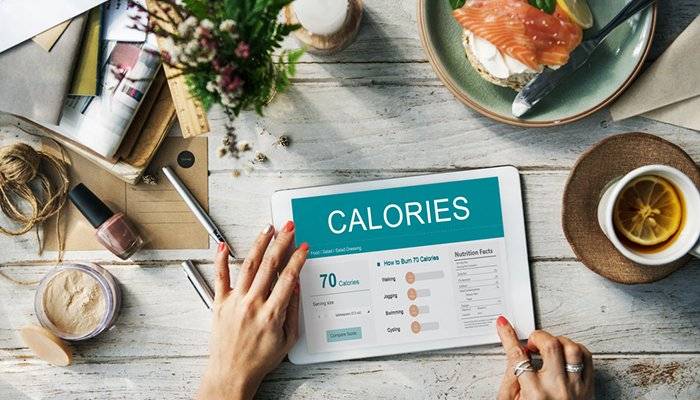

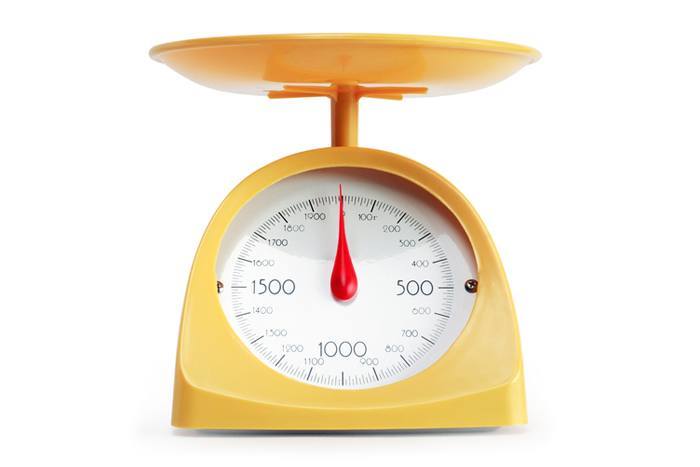 #2. Smaller Plates
#2. Smaller Plates